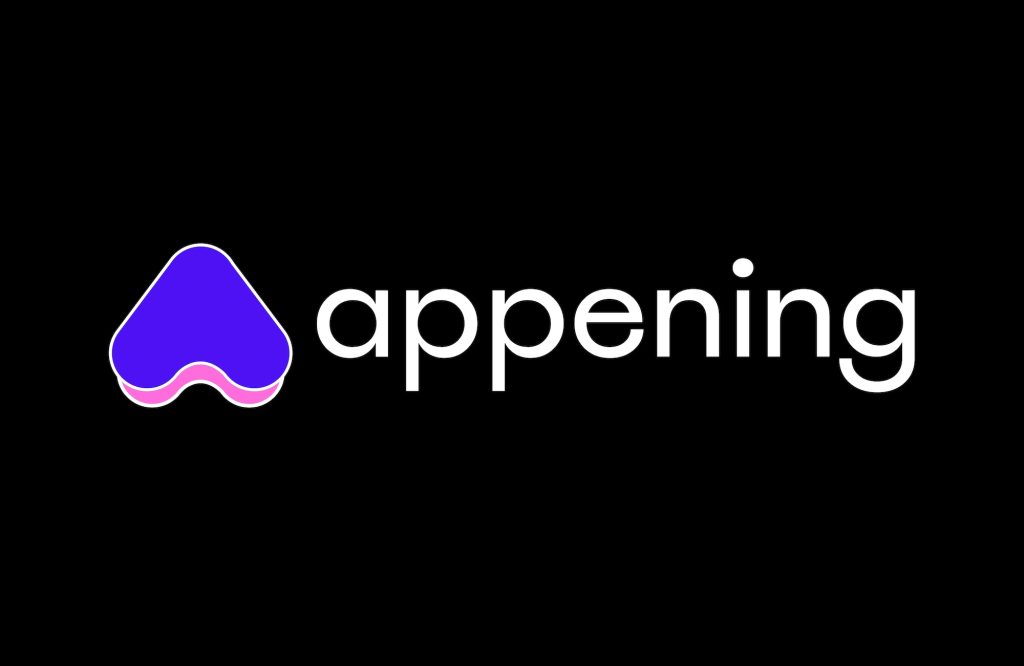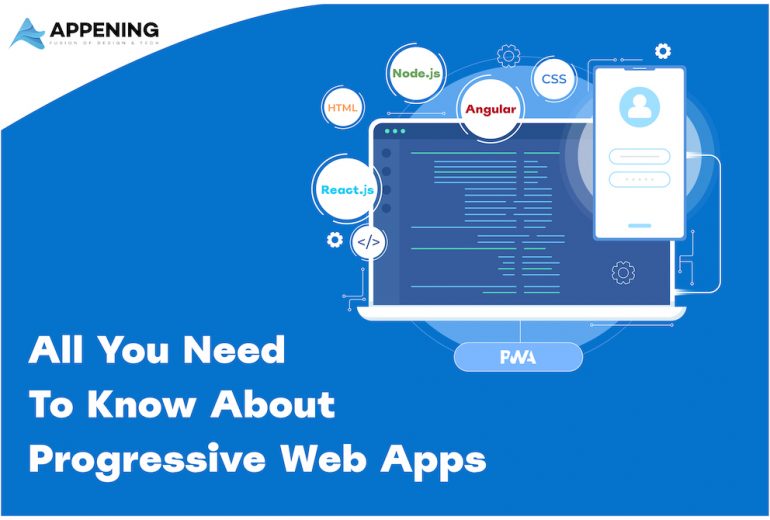If you’re looking for super-fast page loading, or the ability to handle long lists of dynamic content changing within the view, React may be the JavaScript library for you. React (also known as React.js or ReactJs) is a strong JavaScript library that uses server-side rendering (SSR) with a different twist—one that lets it provide a flexible, performance-oriented, componentized solution for the “V” in MVC (Model View Controller).
Let’s go back to a less complex time when the World Wide Web was youthful—PHP ruled the back-end, and the customer side was more than just a window to content put away in static HTML pages housed on murmuring servers. The web was no place close as unique or as intuitive as it is today, however the way between server request and a quickly perceptible webpage was basic, coordinate, and even hypothetically speedier (if not for the conspicuous innovative restrictions of the time), credit goes to SSR.
Quick forward to the present, and the customer side has since encountered a revolution—dynamic front-ends, intelligent substance, and smooth work area like user encounters have turned into the standard. Be that as it may, the greater part of this headway did not come without a cost: included multifaceted nature. Enlarged customer side executions prompted stacking screens, clear white pages and different slacks in execution while sitting tight for the program to download the JavaScript expected to render a page, something that was at one time a basic yield from the server. The inalienable constraints of customer-side rendering (CSR) were beginning to appear at the creases.
Enter React, an isomorphic JavaScript library discharged by Facebook in 2013, that enabled developers to utilize SSR to assemble present day web applications. One reason developers had begun to float away from SSR was that it was important to need to stack the whole web page each time something changed inside the view. React presented a workaround called the Virtual DOM that enabled developers to exploit the inalienable execution favorable position of SSR, without updating the whole view each time a user rolled out a little improvement to the UI.
Reasons why React has become so popular so quickly
- React’s virtual browser acts like a specialist between the developer and the genuine browser. Working with the DOM API is hard. React essentially enables developers to work with a virtual browser that is more friendly than the genuine browser.
- React empowers developers to definitively depict their User Interfaces and model the condition of those interfaces. This implies as opposed to thinking of ventures to depict exchanges on interfaces, developers simply portray the interfaces as far as the last state (like a capacity). At the point when exchanges happen to that state, React deals with refreshing the User Interfaces in light of that.
- React is only JavaScript, there is a little API to learn, only a couple of capacities and how to utilize them. From that point onward, your JavaScript aptitudes are what improve you a React developer. There are no boundaries to passage. A JavaScript developer can turn into a beneficial React designer in a couple of hours.
React is a ground-breaking UI library that brings the intensity of SSR, isomorphic JavaScript, and segment based web improvement to current unique web applications. It truly sparkles when you have to render vast arrangements of dynamic, information overwhelming, content inside a solitary view à la Facebook or Instagram.
Consider using React if you’re looking for a performance boost for the V in MVC for your app, you like the concept of Flux and unidirectional data flow, you don’t mind learning a new technology that’s already become a major part of front-end web development and you embrace the componentized future of web development.
Table of Contents



